Nothing is as breathtaking as a clean and tidy kitchen sink faucet, but it can never outweigh how shiny, sleek, neat, and trendy a stainless steel one is, especially for the chef and lovers of good kitchen spaces.
The downside of this is having a dirty and stained kitchen faucet that is hardly washed. It’s something close to disgusting if not already there. Unfortunately, this can be so unsettling for anyone utilizing the kitchen faucet, even for minor tasks like grabbing a cup of water.
Stainless steel kitchen faucets do not wear out easily. Most of them are corrosion-resistant, but they all need to be maintained to retain their slinkiness and beauty. When left dirty and unattended, lots of gunk and grime might accumulate, leaving them looking messy and unpleasant.
Before embarking on the journey of cleaning these faucets and doing so properly, it's valuable if one knows the right way to clean them and the best cleaning materials and products to use.
Here are just a few things you should avoid when cleaning your stainless Steel kitchen faucet.
- Steel wool
- Harsh scouring powders
- Products containing chlorine, ammonia, or bleach.
- Harsh abrasives
- Pricky brushes and pot-scouring pads
All these pose threats and damage to your stainless steel kitchen faucet.
What You Require When Cleaning Stainless Steel Kitchen Sink Faucet.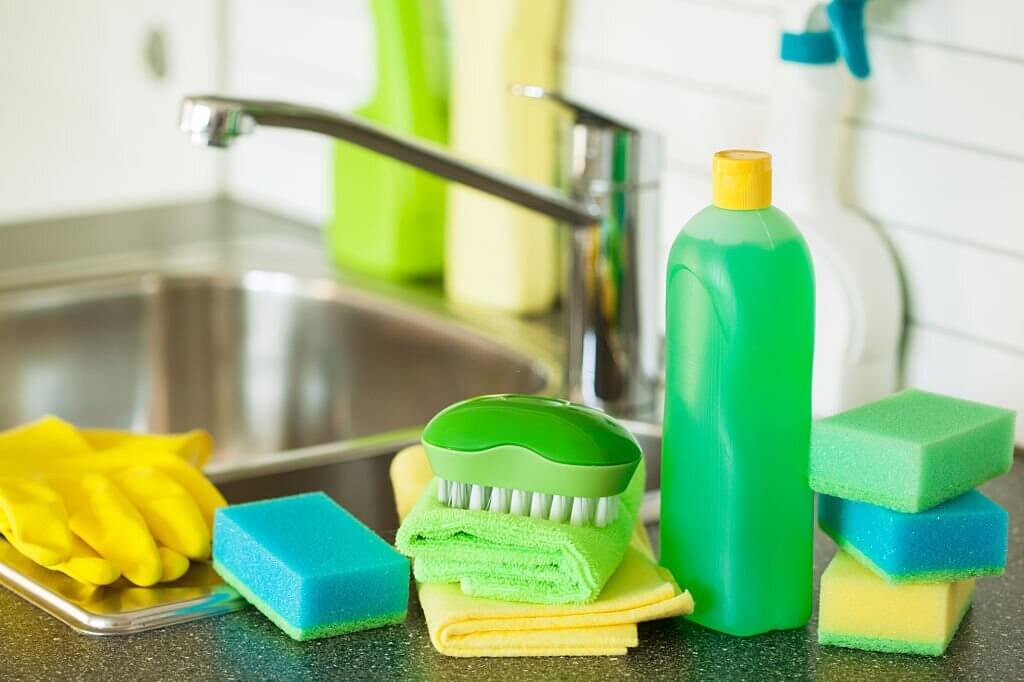
- Soft cleaning cloth
- Water
- Soft cleaning brush
- Dish soap
- Vinegar
- Lemon/lime
- Baking soda
- Non-abrasive cleaner
Having acquired the right items for cleaning, let's now look at how to clean and restore the shiny look of your stainless steel kitchen faucets.
A Step by Step Guide on How to Clean Stainless Steel Kitchen Faucet.
Before you start the hard work of cleaning your kitchen faucet, the first step is to go through your manufacturer's menu quickly. Most kitchen faucets come bundled up with instructions for basic use and cleaning. You might want to check on that first, but there's no need for an alarm if you don't have the manual. That's why this article is here just for you.
Step 1: Rinse and drain dirty water and particles
Clear off any debris, food particles, or grains by pouring clean water into the sink. Ensure to drain off any dirt, especially around the drainage openings, so that you are careful not to block them.
If possible, use hot water instead of cold to rinse off, and use a sink dispenser to ensure that your faucet isn't clogged. Let the faucet remain wet for a couple of minutes before taking further action.
If there are some food particles or soap sediments stuck up, you might want to let the water remain in the sink for a couple of seconds to soften and make it easy to drain.
Make sure to rinse the surrounding countertops, just in case they have some dirt.
You might want to use some protective rubber gloves on your hands as you do this.
Step 2: Coat the sink with baking soda.
Baking soda is one of the best cleaning agents for removing stains, especially on all types of faucets. It easily removes grime and dirt and acts as an excellent degreaser to help eliminate grease or oil.
Put some baking soda in a small tin and mix it with water to form a thick paste. Coat the entire sink with the paste and ensure that all the edges and bottoms are completely covered. Scrub the surface gently but don’t rinse off the baking soda.
Baking soda will act as an abrasive cleaner and help gently remove stains without causing unnecessary scratches on the sink surface.
You might consider using some lemon if available. Pour the juice on the surface coated with baking soda paste. Besides the good citrus smell, lemons are a perfect choice to help fight bacteria.
Step 3: Scrub the sink in the direction of the grain
Once the lemon juice and the baking soda paste are well layered on the sink, begin to scrub using a soft brush. Please be wary of using abrasive scrubbers as they might harm your kitchen faucet more than cleaning it.
Scrub in the grain's direction, which will help you clean better and make your sink last longer. Ensure you clean and scrub the countertops and the sink surfaces for a thorough and clean look.
The stainless-steel grain usually is faint lines that run either vertically or horizontally, and rubbing in their direction gives your faucet a thorough clean.
Also, remember to keep your hand gloves on as baking soda might be harmful and make your skin dry, cracked, and uncomfortable.
Step 4: Remove the water spots and stubborn stains with vinegar
Often, just scrubbing your faucet with baking soda might not be sufficient to remove and completely clean off the gunk. This is where you need to use vinegar and thoroughly clean off all the stubborn stains.
Put some vinegar in a spray bottle and sprinkle it on the entire sink and the workspace. You can smoothen the vinegar with a clean cloth and leave it on the surface for some time.
For a smooth clean, you can sprinkle vinegar on top of the baking soda paste and use a sponge to scrub the surface for the second time gently.
Vinegar acts as a stain remover and a disinfectant.
But if vinegar happens to leave other stains and rust, pour some alcohol on the scrubbing sponge and gently scrub off to remove crusties and rustiness.
Step 5: Clean, dry, and look out for stains.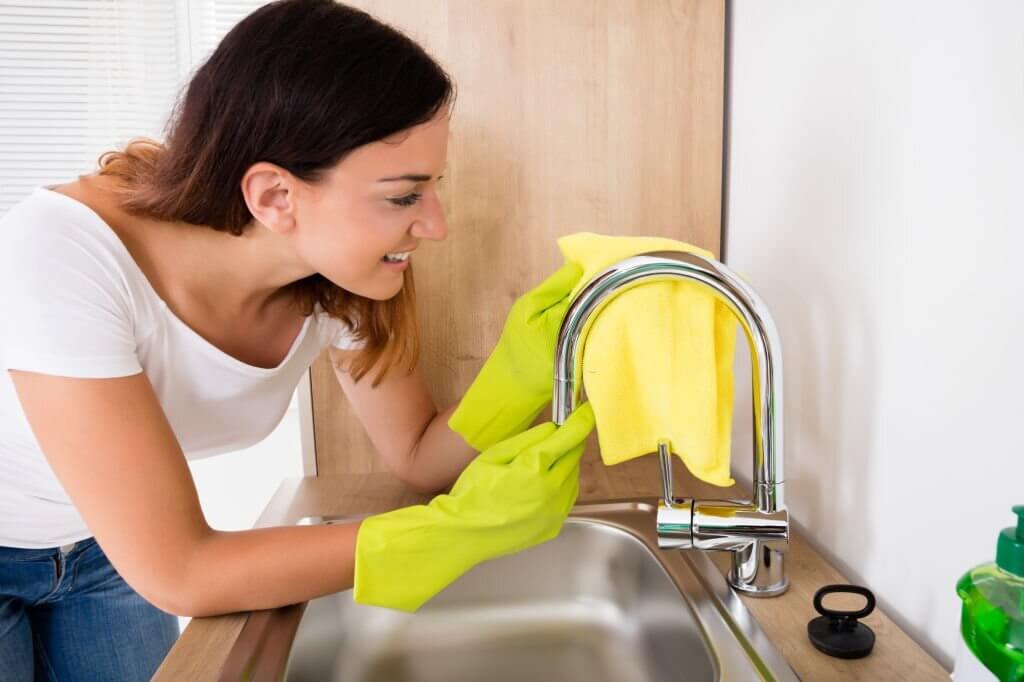
Before taking any extra steps, it's important to ensure that the sink has no stubborn stains or rust remaining. Use a clean cloth to completely dry, wipe off any water, and remove all spots.
It's important to use a washcloth that is intact and not shedding unless you want to remain with a kitchen faucet full of fuzz.
If you notice some stubborn stains or even discoloration, take action immediately.
Step 6: Treat and remove tough stains
If your stainless-steel faucet has a stubborn stain, take a third full glass of tartar, also known as a potassium bitartrate, and mix with some little hydrogen peroxide. Some people might want to use vinegar in place of hydrogen peroxide and especially because of its availability.
Use the mix of these two liquids and completely cover the stained area. Make good use of the sponge to soak up the paste and leave it for about 5–10 minutes.
It's good to remember that these two substances are only used as a last resort and when all the initial steps prove unhelpful. With vinegar, it's possible to eliminate most of the stubborn stains.
Once the stains have been cleaned completely, rinse the kitchen with some warm water and wipe it dry with a clean cloth.
Step 7: Polish using an all-purpose flour
If you want an extra shiny look on your faucet, you might consider using all-purpose flour to polish it off. Pour an all-purpose flour and rub it in slowly and gently.
Dry off the flour and watch the transformation of your kitchen faucet.
If you don't have all-purpose flour, block the faucet's drainage and pour some club soda. Leave it for a few seconds, and later on, drain it off until no water spots remain.
Step 8: Apply some olive oil
Pour in some olive oil on the stainless steel, as this helps to amp up the shiny look while creating a protective layer that helps to keep the faucet clean and sleek for longer.
Remember to use only a small portion of the olive oil. If used in excess, your kitchen faucet might be greasy and untidy. If you pour out lots of it, use a clean cloth to dry it and wipe off any excess oil.
Finally, you might as well take a look at your sparkling and glistening sink and pat yourself on the back. That was an incredible job done. Now enjoy the freshness of having a sink with an extra burst of shine.
Some Dos and Don’ts for Taking Good Care of Stainless-Steel Kitchen Faucets.
Dos
- Regularly clean your kitchen faucet to avoid grease, oil, and grime build-up.
- Always use clean and dry towels to wipe off your kitchen faucets. Avoid using oily, greasy, or fuzzy clothes.
- Always use warm water to clean and rinse off most detergents, especially those containing chloride.
- Always wipe and dry your skin after use. This helps to prevent water from building up and causing rust.
- Always rinse off the soap residue after cleaning.
- Always test a small portion of your kitchen faucet before using a new cleaning detergent.
- Always use solvents in places with adequate ventilation.
Don’ts
- Never let your clothes and rags dry off while on the kitchen faucet. These might dry off and leave accumulated bacteria underneath.
- Do not mix different cleaners and detergents, especially if you have never used them. Some of these are likely to react and might cause damage to your skin.
- Never leave residue on your kitchen faucets after use. Instead, always wipe off solid particles and dry off liquids as soon as possible.
- Don’t use steel wool and tough brushes to clean your kitchen faucet. Steel wool is likely to leave some iron particles prone to rust and corrosion. These are likely to cause irreparable damage to your faucet, especially its appearance.
- Do not use abrasive cleaners or detergents that contain chlorine, ammonia, or bleaching products.
Excellent Home Tips for Having a Clean Kitchen Faucet
Even though cleaning a kitchen faucet might seem like such a daunting and expensive affair, in the real sense, it should not. There are many ways of keeping your faucets well and neat. Here we will give you a few tips
- Make good use of vinegar as a cleaning agent and a disinfectant. Vinegar acts as a great detergent to help remove bacteria, stains, grease, or even grim on your kitchen faucet. Before panicking or rushing for dish soap, you might want to use vinegar.
- Baking soda is perfect for helping remove stains, grease, or grime. Only a small portion of it and a slight rub using a toothbrush helps to clean off all dirt.
However, when left for a prolonged period, it can cause irreparable damage to kitchen faucets, and therefore should exercise caution at all times.
A word From The Writer
A famous quote by Desiderius Erasmus, a Dutch philosopher in 1500, states that "prevention is better than cure" often; this is often interpreted in terms of taking precautions for human beings. But do you know this could also apply to your kitchen faucets?
Instead of waiting for dirt and grime to build up, always make a habit of cleaning your sink daily. If you create a routine of having a clean kitchen faucet, then you might as well forget straining to remove excess dirt, rust, or even corrosion.
If you are struggling with stains from hard water, make good use of vinegar, as it is a perfect disinfectant.
The beauty of stainless steel kitchen faucets is that they never fade or wear out, no matter how regularly, or thoroughly you clean them.
Finally, just a regular clean with a soft brush is enough. Eliminate any worry or anxiety about failing to clean your kitchen faucets with soap and detergent. Make sure to drain the water to prevent leaving water spots at all times.
Don't just enjoy the sleekness and beauty of a new stainless steel kitchen faucet for a short time; instead, prolong the beauty and the great feeling of having a shiny one. Such a thing is only possible if you intentionally create one. With the tips provided above, begin the journey.

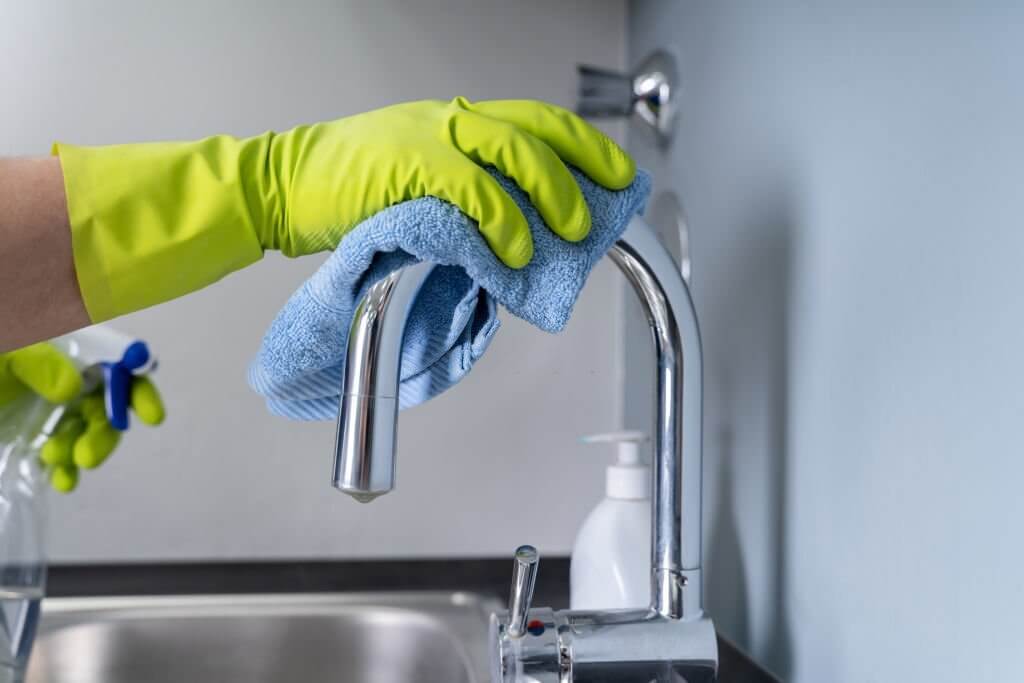

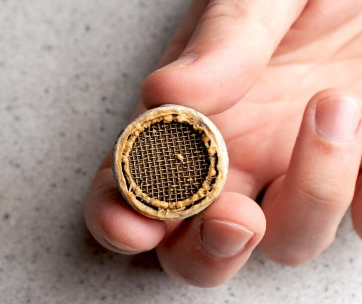

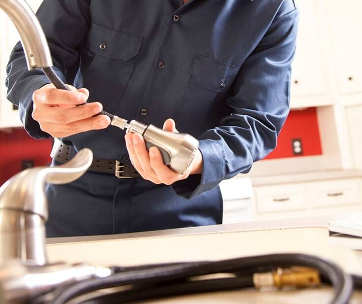
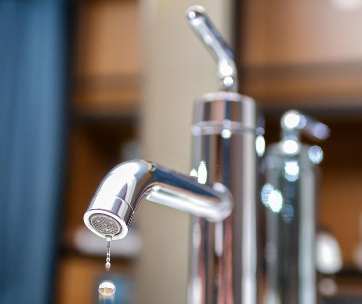
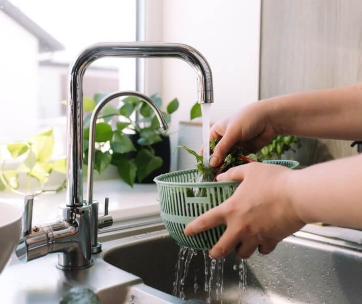
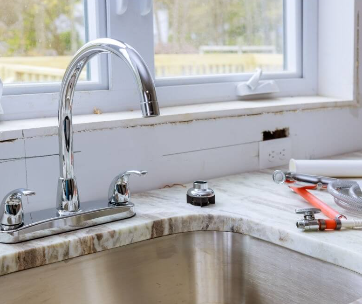
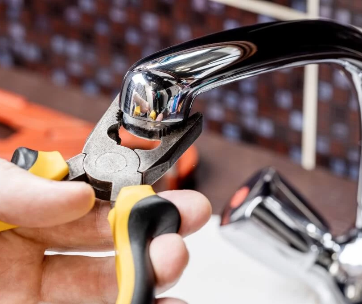

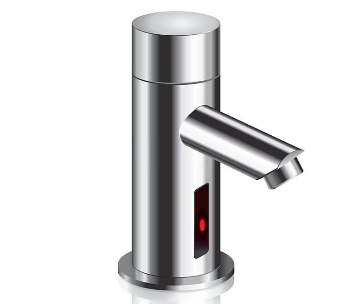
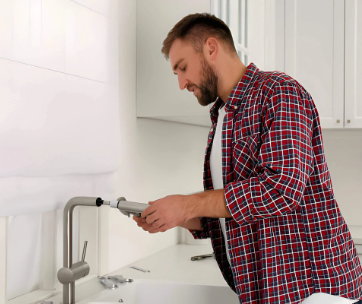
Comments